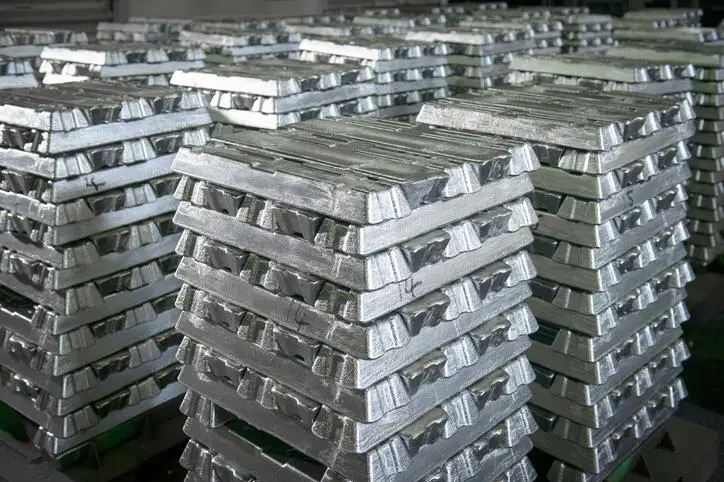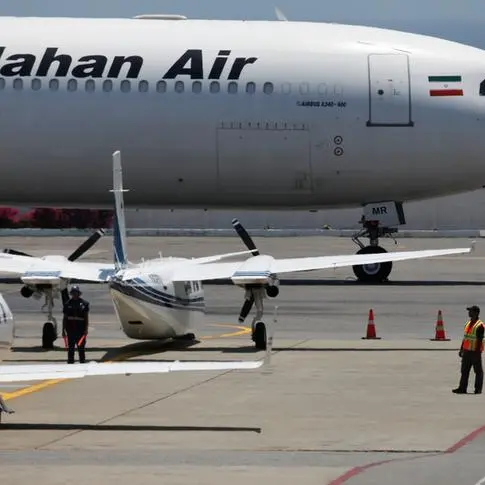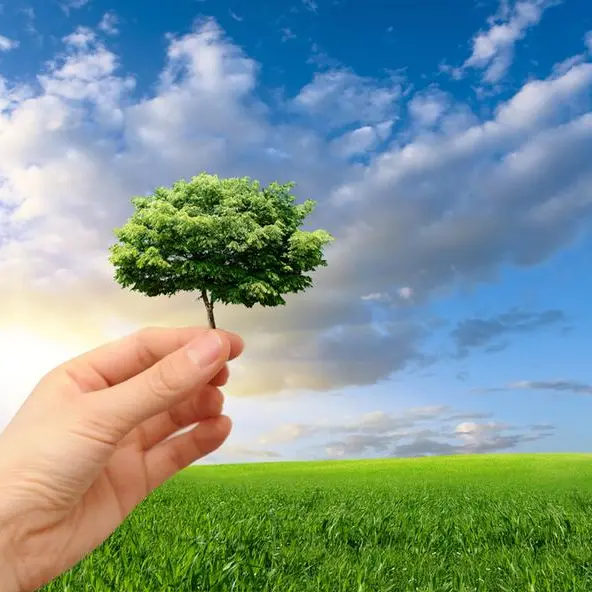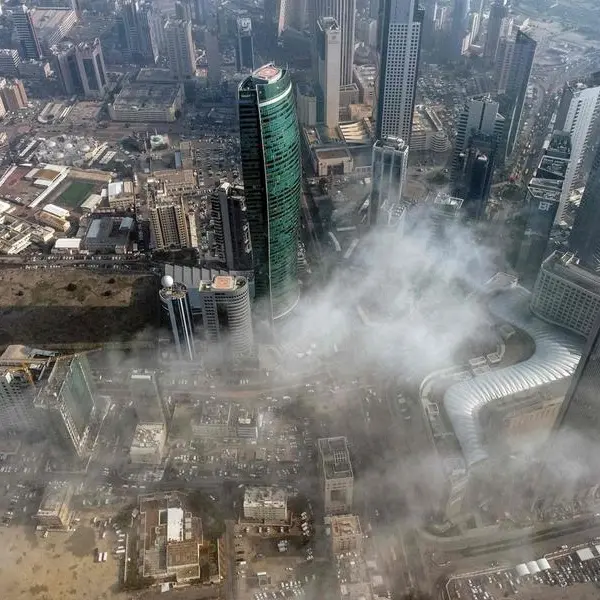PHOTO
China's two biggest aluminium makers have issued a joint proposal on how their industry should seek to reduce emissions, conserve energy and produce low-carbon metal, as part of a national plan to achieve carbon neutrality.
China is the world's largest producer of aluminium, which is made using an energy-intensive smelting process. President Xi Jinping has pledged China will reach peak carbon emissions before 2030 and become carbon neutral by 2060.
State-owned Aluminum Corp of China, known as Chinalco, and Shandong Weiqiao Pioneering Group, an affiliate of top private-sector producer China Hongqiao Group , issued a seven-point proposal - which set no numerical targets - on Wednesday.
It calls for increased investment in technology to reduce emissions and improve energy saving, as well as greater use of "clean" energy sources such as hydropower, wind power and solar, and more recycling of aluminium.
Both Chinalco and Weiqiao use hydropower - a more environmentally friendly alternative to traditional coal - to make aluminium in southwest China's Yunnan province.
The proposal also calls for strict capacity and output controls in China. The industry should ensure that production and capacity of both primary aluminium and raw material alumina peak in the Five-Year Plan period running from 2021-25, it said.
China's aluminium and alumina output both hit record highs in 2020, according to National Bureau of Statistics data.
Primary aluminium output was 37.08 million tonnes, while China wants to cap annual capacity at around 45 million tonnes.
(Reporting by Tom Daly;Editing by Elaine Hardcastle) ((tom.daly@thomsonreuters.com; +86 10 5669 2119;))












